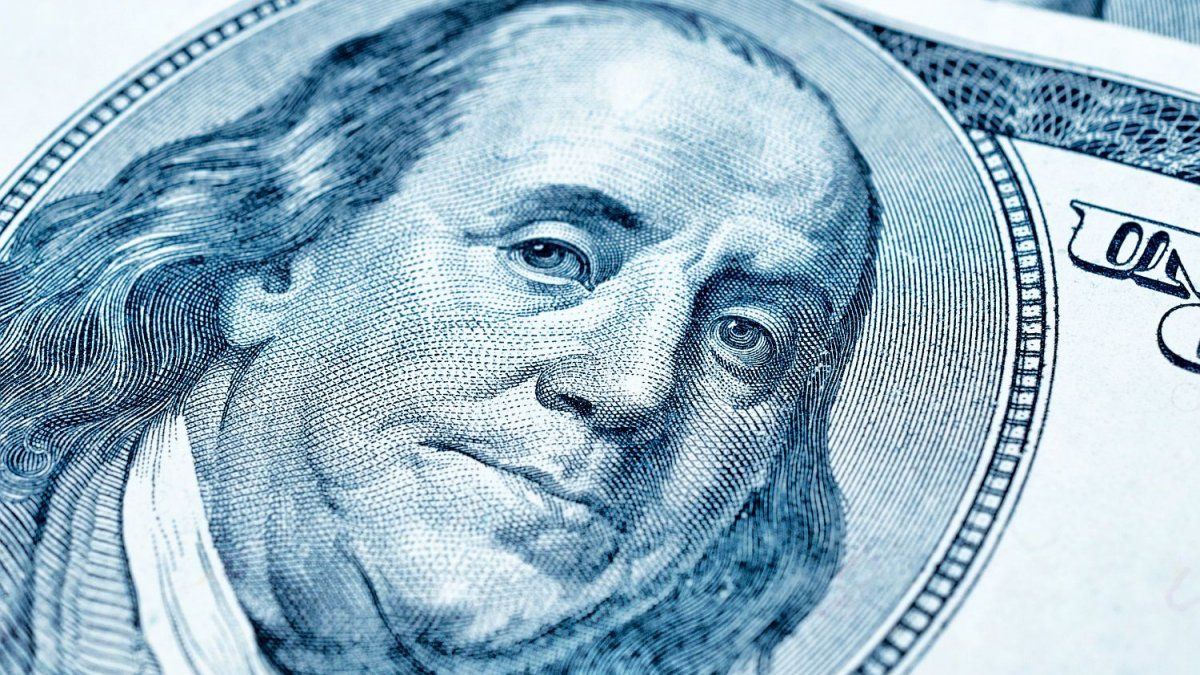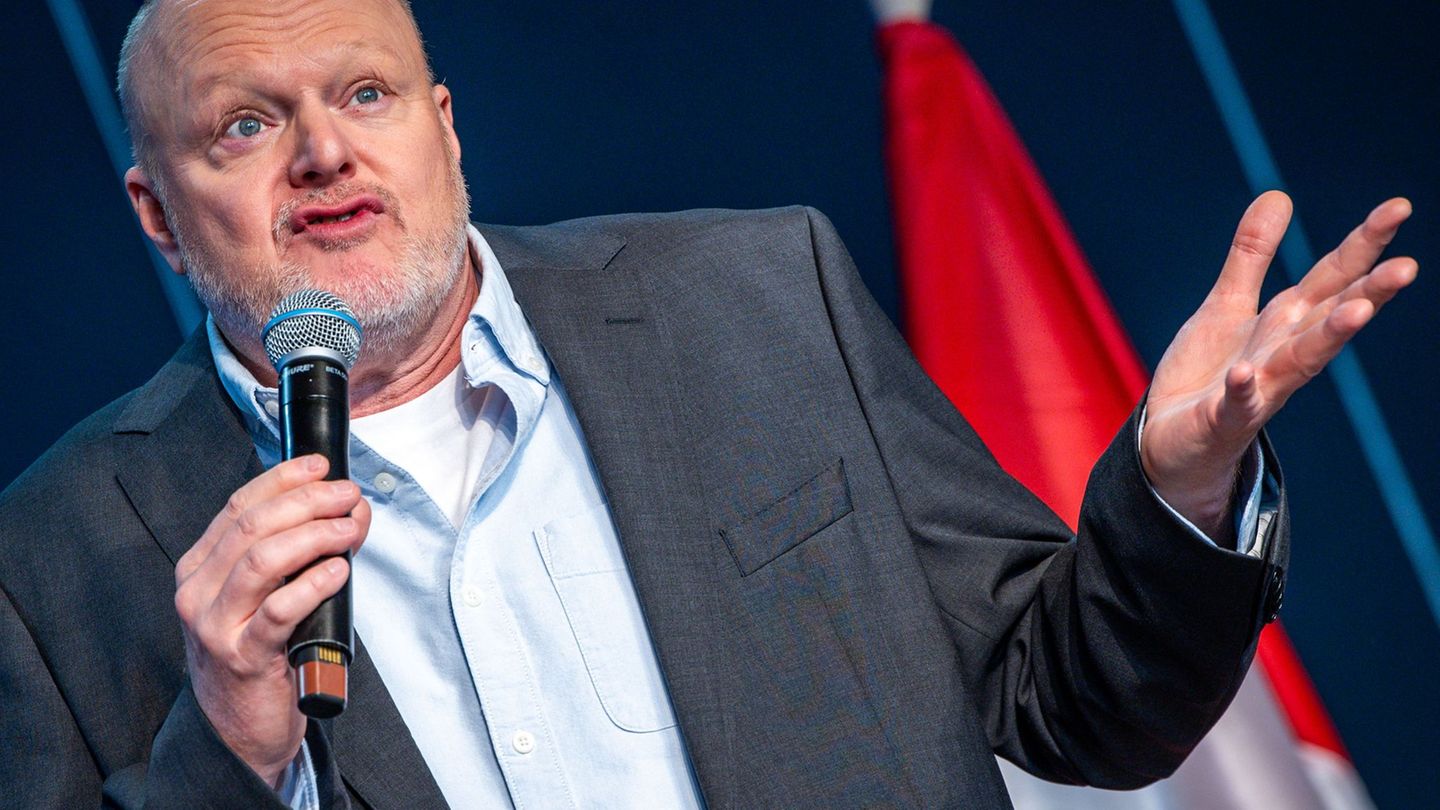The blue dollar is unstoppable this week and accumulates a gap with the official exchange rate of 141%, with a price of $843, although it climbed to $855 this Thursday and then fell back. So far this week it has risen $43 and It has not registered bearish movements for 11 days in a row and the big question for the market, in the uncertain electoral context, is whether it will have a ceiling or not..
However, also Added to this is a post-STEP devaluation, which generated an increase in all parallel exchange rates, inflation that has been in double digits since August and the difficulty of the Central Bank (BCRA) in adding reserves.even despite the validity of the soybean dollar 4 for grain exporters, which aims to encourage liquidations in the sector, and the injection of strong flows of pesos that the Government made to alleviate the effect of this inflationary context in the pockets of the people.
What is happening with the blue dollar
Thus, as the economist points out Joel Lupieri, from Epyca Consults, “we are facing a combination of variables: in itself the proximity of the elections, as well as the collection of salaries, naturally puts upward pressure on the price of the currency.” According to his vision, the fact that September inflation would be one of the highest of the year generate a volatile cocktail for the “free” dollar in a context in which Argentines seek coverage in that asset against price evolution and a possible post-election devaluation.
This, explains Quintana, impacts the demand for dollarized assets, in the blue and in the other parallel dollar markets, such as the Cash With Settlement (CCL), which was above $900 on Wednesday and even reached $930 this Thursday, although it later fell to $893.9. “Upward pressures, combined with a reduction in supply, generate an increase in the price,” he points out.
Although this Thursday it was seen that The blue dollar slowed down a bit, a source from the City maintains that, “it was because, from the Government, they called the money tables not to sell more”. But, in this context, the City’s big question remains: how far will it go, which is the same as thinking about whether or not it has a roof.
Blue dollar: does it have a ceiling or not?
“I don’t know if it has a ceiling, we will see if next week, when the renewed export stimulus plan is fully operational, the supply of financial dollars increases, correcting current levels,” Quintana risks when responding.
He refers, in his response, to the Government’s decision to extend the 4 soy dollar until the elections and to add to the list of sectors benefiting from this differentiated exchange rate for exports to that of hydrocarbons, with a focus on the productive area of Vaca Muerta. If they take off next week, they would guarantee an income in dollars greater than the BCRA reserves, on the one hand, and they would counterbalance the rise in the CCL because they foresee a mechanism for the income of settlements (25% of the total) in that way.
However, Quintana recognizes that “the economic situation in general does not give much room for optimism, especially in the face of what is to come.” Thus, as Lupieri points out, “it is expected that the dollar will continue to rise in the weeks prior to the general elections.”
For his part, the economist Federico Glustein points out that “blue has no roof for now” and explains that this is because expectations are not anchored. However, he comments that a reference in that sense may be the CCL dollar.
dollar-gdc34fced5_1280.jpg
Argentines choose dollar markets to hedge against electoral uncertainty.
For Glustein, The big problem is that the flood of pesos that poured into the market with the relief measures and the dismantling of fixed terms and common investment funds that is seen went to buy dollars in all parallel markets.. “They did not use dollarized instruments and that caused prices to overheat,” he points out.
Thus, he explains that the big problem that appears is that, when there is a demand of this magnitude, which seems infinite, it is very difficult to change expectations and put a ceiling on the blue dollar. He anticipates that he hopes that “the increase will be maintained, but that it should not exceed the CCL.”
And, on the other hand, he points out that The MEP dollar, which is intervened by the BCRA, is still well below the CCL and a little above the blue and that this variable helps to try to avoid the escalation seen in the CCL and the blue. He explains, in that sense, that he does not believe “that it has a ceiling for now, but yes, that the MEP can help put a cap on it, although expectations are very overheated.”
Consequently, according to these calculations, it is very likely that the blue dollar will not exceed $880 because the upper limit is set by the CCL, but we will have to be attentive to the dynamics that this exchange rate acquires, which is very subject to what pass with the MEP.
Source: Ambito
I am a 24-year-old writer and journalist who has been working in the news industry for the past two years. I write primarily about market news, so if you’re looking for insights into what’s going on in the stock market or economic indicators, you’ve come to the right place. I also dabble in writing articles on lifestyle trends and pop culture news.



